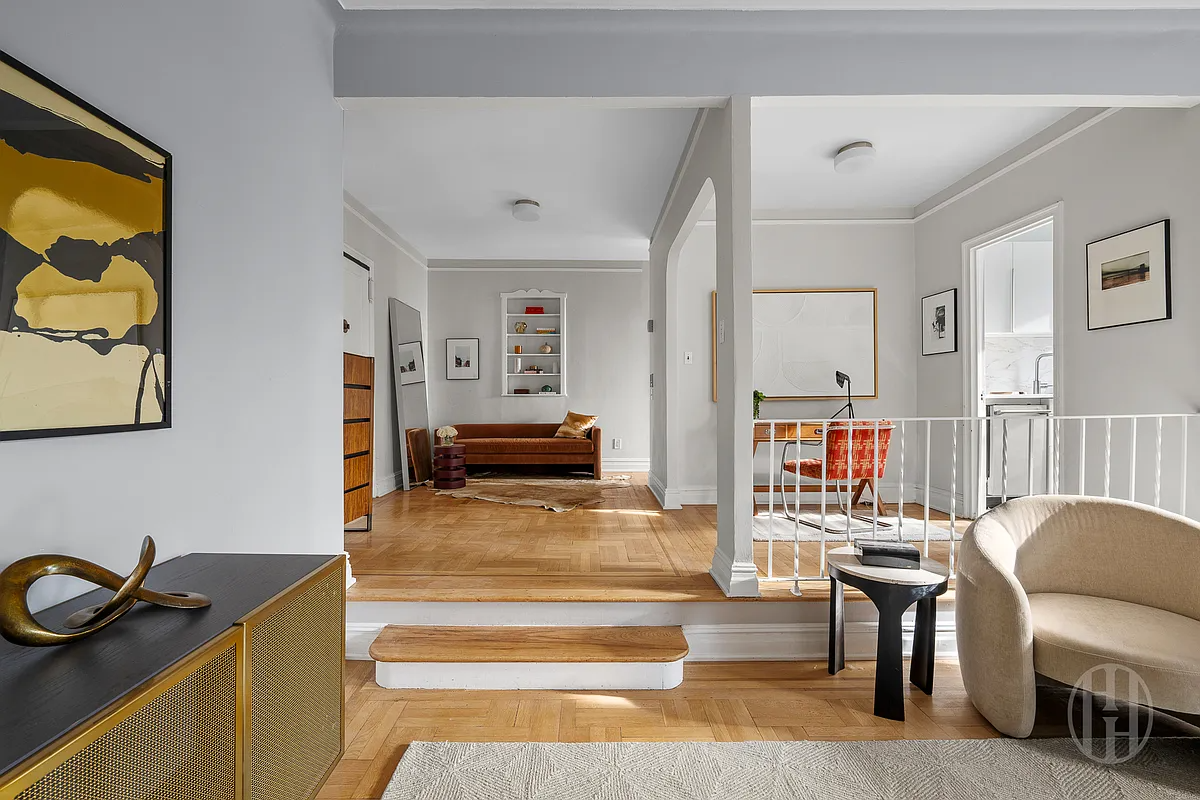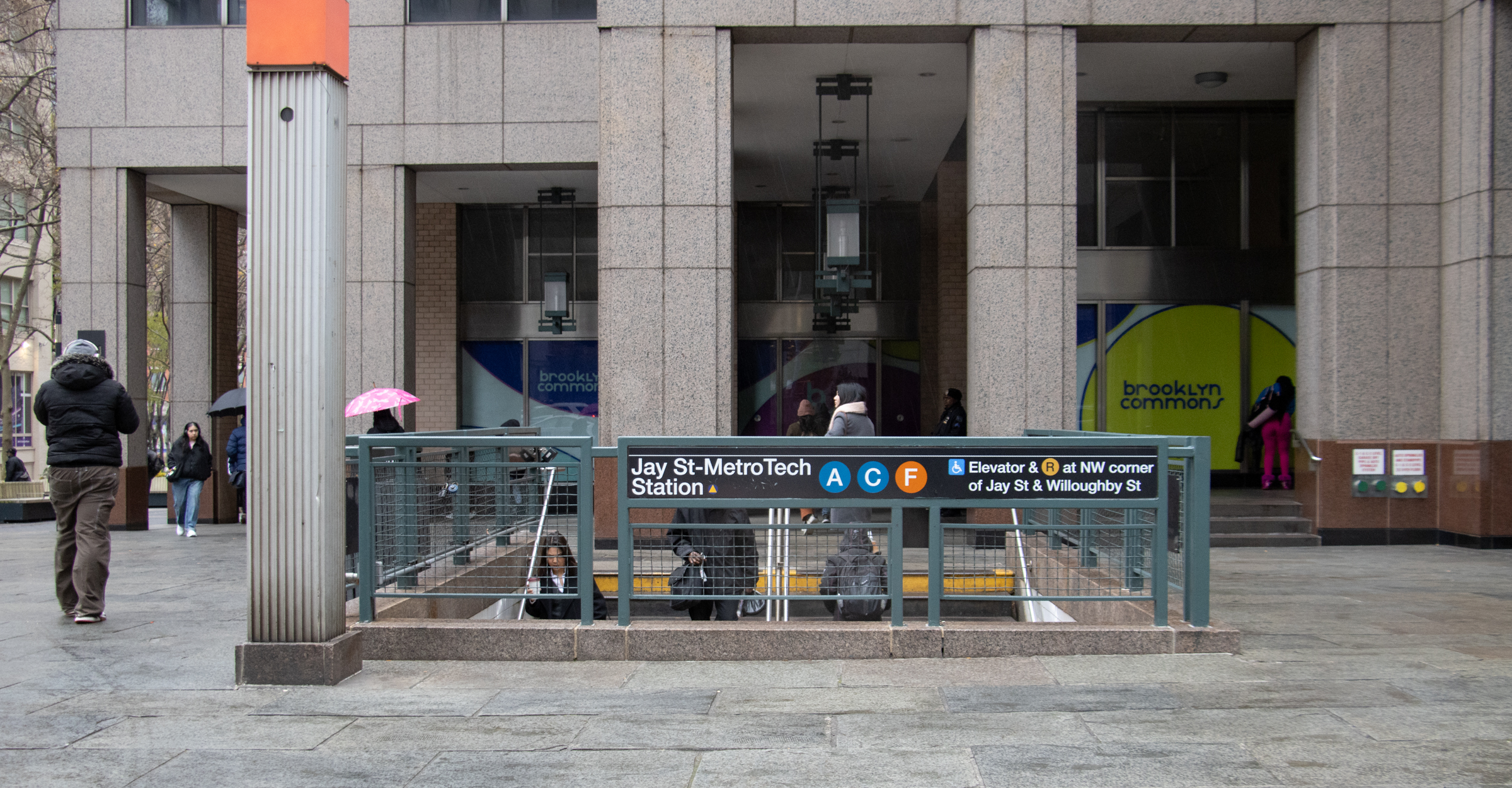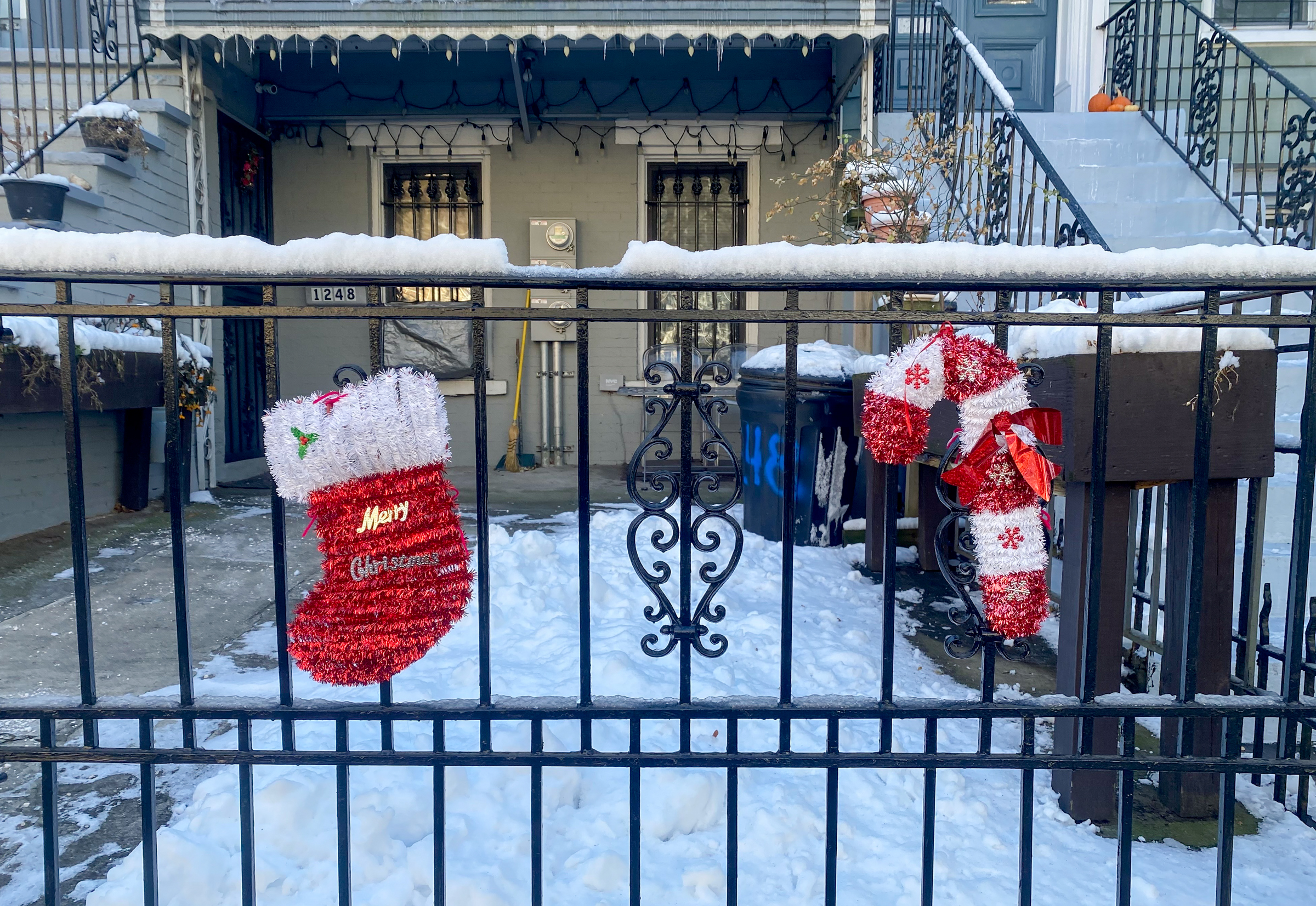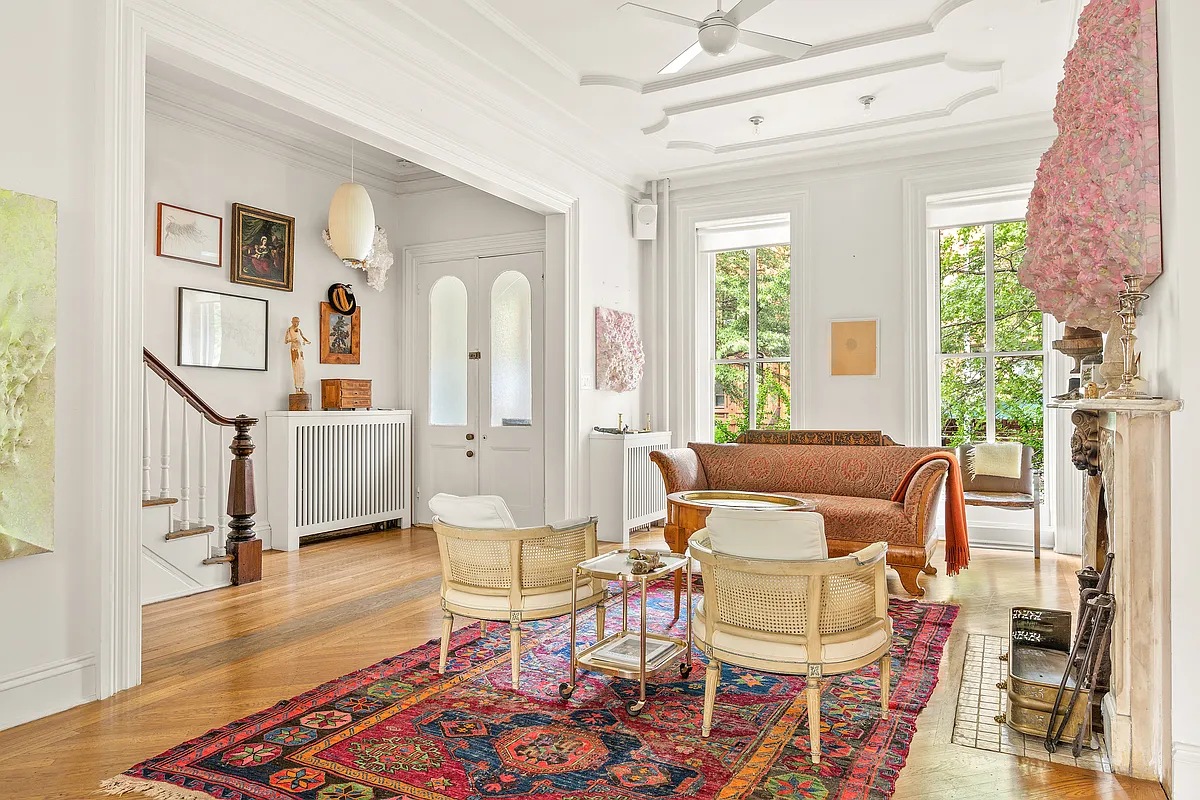Building of the Day: 135 Joralemon Street
The BOTD is a no-frills look at interesting structures of all types and from all neighborhoods. There will be old, new, important, forgotten, public, private, good and bad. Whatever strikes our fancy. We hope you enjoy. Address: 135 Joralemon Street, between Henry and Clinton Name: Private house Neighborhood: Brooklyn Heights Year Built: 1833 Architectural Style:…


The BOTD is a no-frills look at interesting structures of all types and from all neighborhoods. There will be old, new, important, forgotten, public, private, good and bad. Whatever strikes our fancy. We hope you enjoy.
Address: 135 Joralemon Street, between Henry and Clinton
Name: Private house
Neighborhood: Brooklyn Heights
Year Built: 1833
Architectural Style: Federal, with later porch and ironwork.
Architect: Unknown
Landmarked: Yes, part of the Brooklyn Heights HD, the first HD, landmarked in 1965.
Why chosen: For many people, if you had to put a building on the cover of a book about Brooklyn Heights, this would be it. Part of its charm is its location, not over in the older, northern part of the Heights, where clapboard houses are more common, but here, sandwiched between buildings of a much later date, a delightful remnant of an earlier time, when all of Brooklyn Heights was filled with Federal style clapboard houses and buildings. The earliest homes over in the Middagh Street area date from the 1820’s, this one is only ten or so years later, which still makes it one of the older buildings in the Heights.
It’s a wonderful two story, plus basement floor and attic, with twin dormers, clapboard siding, and a wide Italianate porch superbly ornamented by cast iron work that gives the house a Charleston or New Orleans flare. The porch and ironwork were added sometime in the middle 1800’s. Records show a Dr. John Haslett, a surgeon with the US Navy, living here in 1833, perhaps the first owner of the house. Brooklyn Heights had its ups and downs over the century, and by 1936, when photographer Berenice Abbott was documenting the buildings of Brooklyn, the house was looking a little worse for wear, but still had great dignity.
On New Year’s Eve, 2004, a devastating fire burned through the interior, and many feared the house was too far gone to restore. But it wasn’t anything a whole lot of money couldn’t fix. By 2008, the renovated house was the winner of the Landmarks Conservancy’s Lucy G. Moses Preservation Award. The line to get into the house during that year’s Brooklyn Heights House tour stretched for a block, showing that there is much interest in one of Brooklyn’s most iconic houses. That year it also was listed for almost $6 million. It went down in price by a couple million, but I don’t think Dr. Haslett would even be able to comprehend that much money. Who would have thought? I really like the shutters in the 1936 photo.

(Photo: Berenice Abbott, 1936. NY Public Library)

(Photo: Gotham Gazette, by way of Landmarks Conservancy)





CGar, I took this photo in 2009. Next time, I’ll send up a flare.
I lived near this house for 16 years. I didn’t know very much about it — it always looked on the verge of falling down and then unfortunately there was the very serious fire. I agree that it could use its shutters and probably another color paint. I was always curious about its ownership and wondered why someone would let a historic property in such an expensive location go to ruin the way it did…
I see someone came to Brooklyn Heights YET AGAIN without telling me or coming to see me.
Thwackamole, I think you twacked yourself in the head. What does this house have to do with land use or affordable housing? Let’s say there was a 4 unit house on that lot. That hardly solves the problem of needed housing, and in that location, would be anything but affordable. Your statement makes no sense. This house deserves to be here because it has been a viable and beautiful home to all of the people who lived in it since 1833, and will live in it in the future.
And since when do all buildings have to be the highest and best use for the lot? That’s a new one. If that were the case, the entire face of the city would suddenly change to shore to shore,high rise multi-unit apartment buildings, something out of Polemicist’s density driven dreams. Thank God that’s not going to happen, and this house, a plucky survivor, gets to stay. Long may it stand.
I used to live around the corner, on Remsen and was always fascinated by this lovely little house. Glad it was landmarked and restored- so what if it isn’t the most efficient land use? It was privately owned and restored. Not like taxpayers paid for it.
benson’s point is, I think, that the preservation of the house prevents the hypothetical highest and best use of the property. This was exactly the legal point at the heart of the Penn Central vs City of New York US Supreme Court decision of 1978. The US Supreme Court established that a property owner is legally subject to the strictures of land use regulations properly adopted and administered even when it does not allow the “highest and best use” of his property. That decision saved Grand Central Terminal from being demolished.
It is, as they say, established law.
This kinda feels like the Elkins House o Dean….
yes dave. we agree.
I made no comment on the architecture of this building, despite what DIBS said, nor did thwackamole. I agree that it is a beautiful house. Thwackamole’s argument was based on land use. Once again, despite what DIBS said, restricting a centrally-located lot to this run-of-the-mill home is not in accord with the free market. It is not the highest-and-best use for this lot.